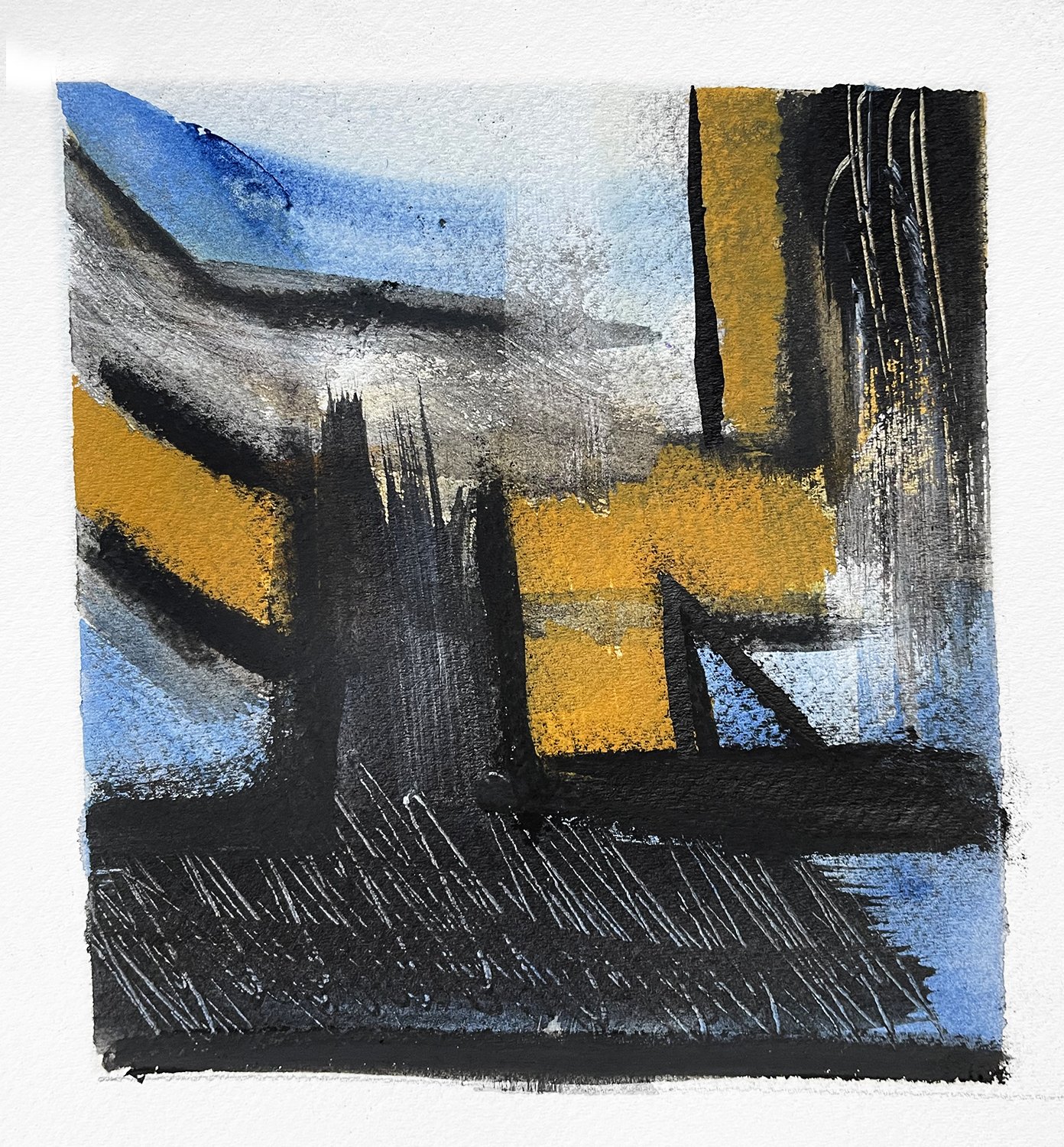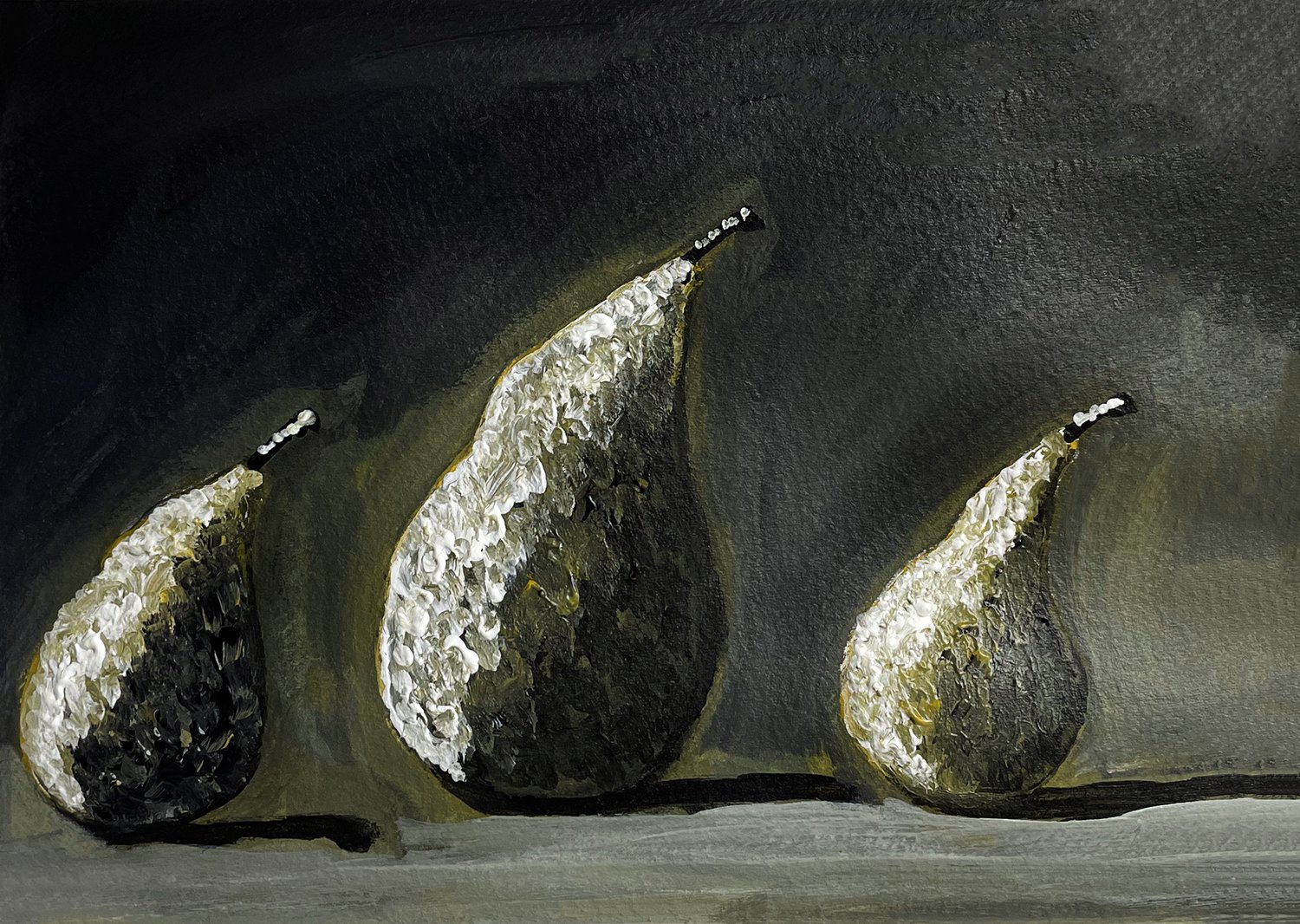Happy 2024! I hope this year brings you gratitude, humility, and awe. That’s what I try to remind myself of every day. I’m not into “holidays” and conspicuous consumption, but I do wish you a very healthy, happy, and joyful year!
I’m working hard and thinking deeply about what I’m trying to do with this body of work and writing. It’s a process that’s always evolving and changing, as it should. I think I’ve connected some of the ideas that I’m working on to the paintings I’m making and the photographs that I’ve made.
For me, photography falls short in the pursuit of fleshing out these theories and ideas. While it plays an important role in this project, I’m beginning to think it’s going to be used in a very different way than I first intended. In the end, I'm going to try to pair the photographs and paintings as diptychs (roughly speaking). The idea is that one shows the reality that we all subscribe to (the photograph), and the other (the painting) shows a clearer, non-representational, deconstructed reality that we try to bury, psychologically speaking (the denial of death and death anxiety). It’s a wonderful revelation for me and a big step in my work. To say I’m excited would be an understatement.
“Painting is a language, and brush strokes are verbs.”
I’ve been reading about artists like Af Klint, Kandisky, Mondrian, Popova, Malevich, Klee, Rothko (which I like a lot), Pollock, and other abstract painters of the 19th and 20th centuries. And in the 21st century, artists like Paul Tonkin, Albert Irvin, who said, “Painting is a language, and brush strokes are verbs,” and Dan Perfect. Most of the older artists were dealing with theosophy. I don’t personally subscribe to the idea of theosophy, but I can understand why these artists were using it as the basis for their work. I really connect and understand what Rothko said about his “recipe” for a work of art.
“The recipe of a work of art—its ingredients—how to make it—the formula:
There must be a clear preoccupation with death—intimations of mortality.
Tragic art, romantic art, etc., deals with the knowledge of death.
Sensuality. Our basis for being concrete about the world. It is a lustful relationship with things that exist.
Tension. Either conflict or curbed desire.
Irony: This is a modern ingredient—the self-effacement and examination by which a man, for an instant, can go on to something else.
Wit and play... for the human element. The ephemeral and chance... for the human element.
Hope: 10% to make the tragic concept more endurable.
I measure these ingredients very carefully when I paint a picture. It is always the form that follows these elements, and the picture results from the proportions of these elements.”
In the pursuit of making this happen, I’ve been selecting color photographs of the work I’ve made and doing a variety of abstract paintings of them—abstract deconstructions, if you will. I’ll work with the non-color photographs after I establish what I want to do with the color work. The color photographs are much more complicated to translate. I am making progress. Selecting forms, colors, and shading is a difficult task. I never know when the painting is complete. I’m trying to reduce the image to the most basic forms and use color as an expression of the (hidden) reality of the object.
“To see the world in a grain of sand
And a heaven in a wild flower
Hold infinity in the palm of your hand
And eternity in an hour.”










